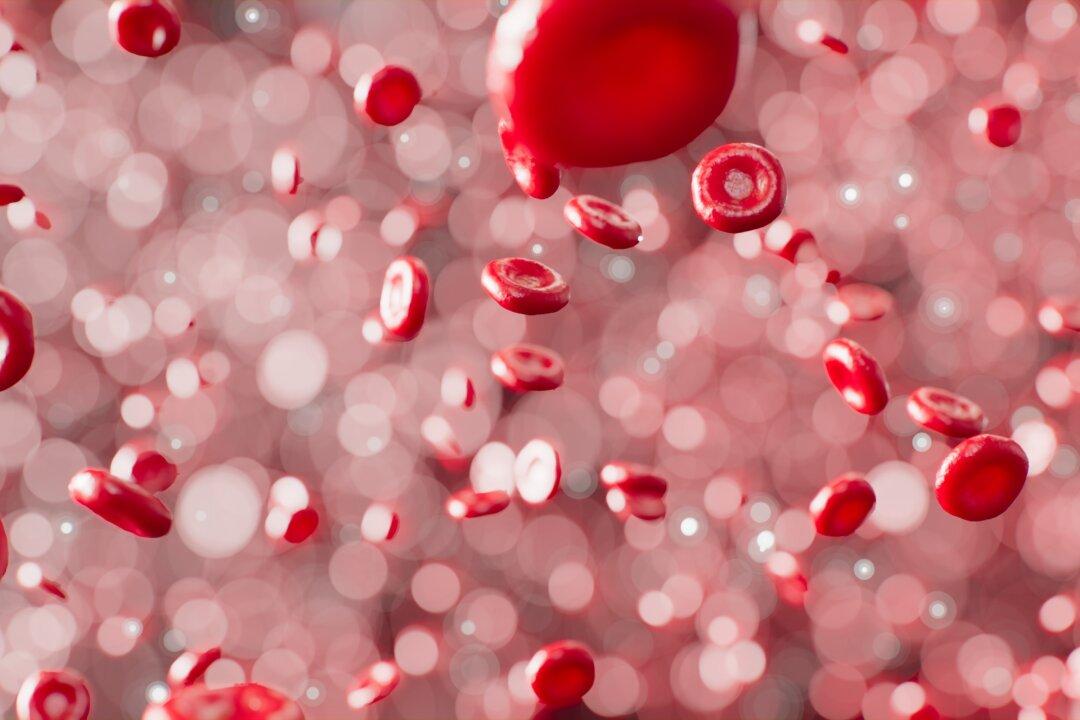UPDATE: This article has been updated with details of three cases and details about patients’ conditions, and an explanation on the jabs effects on DNA.
American pathologist Dr. Ryan Cole, founder of Cole Diagnostics, discovered an abnormal increase in certain cancer cases after the COVID-19 vaccines were introduced. Among the disturbing trends, was an unusual increase in some rare cancer cases. He believes this may imply that the COVID-19 vaccines have altered the people’s natural immune system.






